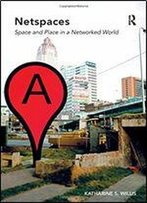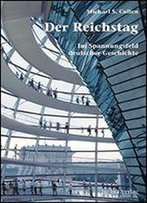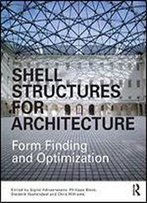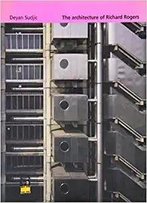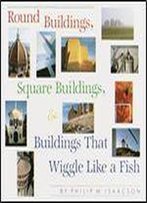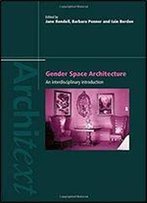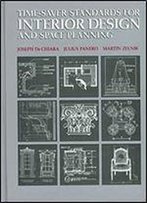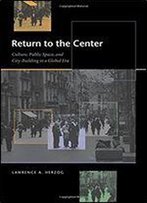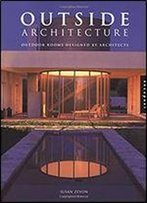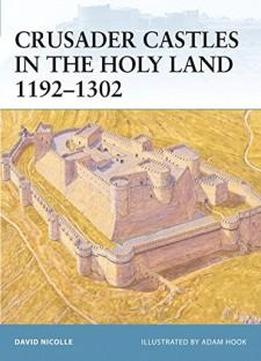
Crusader Castles In The Holy Land 1192–1302 (fortress)
by David Nicolle /
2005 / English / PDF
9.1 MB Download
The debacle of the Second Crusade in 1148 caused the Crusader
States to realise the necessity of developing a more cautious
strategy. The original expansionist spirit largely disappeared, and
the Crusader States made priorities of strengthening their existing
fortifications and towns and building new castles. These structures
encompassed core aspects of Western European military architecture
with the integration of rapidly developing Arab and Islamic
traditions. Following Fortress 21: 'Crusader Castles in the Holy
Land 1097–1192', this book examines the design, development and
defensive principles of some of the best-known Crusader
fortifications and castles, including Crac des Chevaliers, Castel
Blanc, Arsuf, Margat, Atlit, Montfort and Acre.
The debacle of the Second Crusade in 1148 caused the Crusader
States to realise the necessity of developing a more cautious
strategy. The original expansionist spirit largely disappeared, and
the Crusader States made priorities of strengthening their existing
fortifications and towns and building new castles. These structures
encompassed core aspects of Western European military architecture
with the integration of rapidly developing Arab and Islamic
traditions. Following Fortress 21: 'Crusader Castles in the Holy
Land 1097–1192', this book examines the design, development and
defensive principles of some of the best-known Crusader
fortifications and castles, including Crac des Chevaliers, Castel
Blanc, Arsuf, Margat, Atlit, Montfort and Acre.
